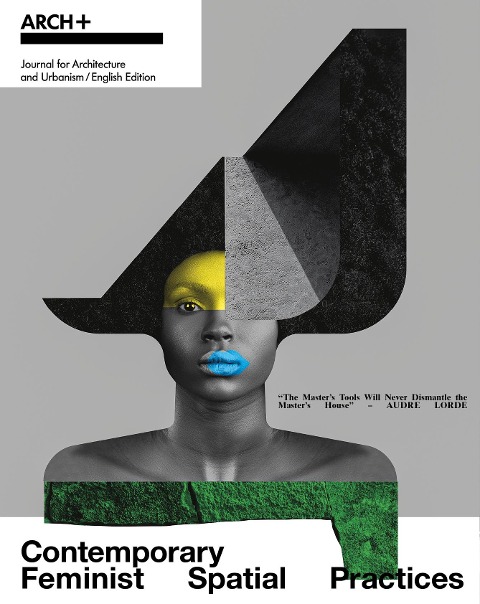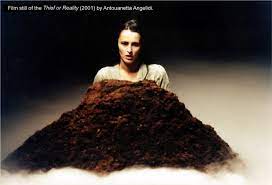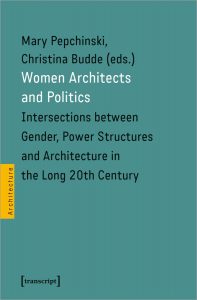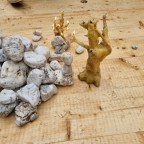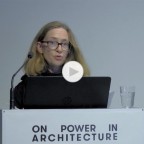Maintenance and Visibility, Arch+ Contemporary Feminist Spatial Practices
Elke Krasny, Maintenance and Visibility, Arch+ Contemporary Feminist Spatial Practices, 2023, 192-196
This text is intended as a contribution to the development of a critical theory of architecture and care work, a constellation that is deeply enmeshed in the reproduction of relations of injustice. A critical theory on architecture and care work, like any other critical theory worthy of the name, must start from concrete realities. Through analysis, it can contribute to changes enacting social and environmental justice that challenge the world-dominating system of labor exploitation and resource extractivism.
Arch+ Zeitgenössische feministische Raumpraxis
